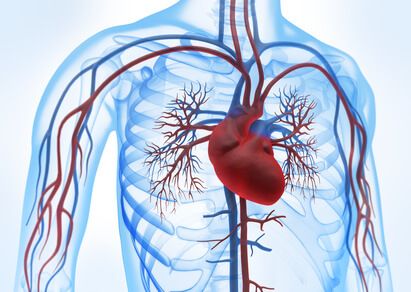Amidst the current efforts to prove early intervention might have benefits in moderate aortic stenosis (AS), this trial comes along directing us back to basics.

In patients with symptomatic aortic stenosis, peaking mortality will clearly justify intervention. But what is the case when there are no symptoms? According to this recent analysis published in JAMA, asymptomatic moderate aortic stenosis does not bring about higher mortality when compared against mild AS.
Therefore, we will end up going back to the traditional approach based on symptoms (look closely and wait) when it comes to moderate AS.
However, the new trend that resorts to prognostic factors to find patients that will benefit from an early intervention must continue.
In this study, mortality observed in mild AS was no different from expected mortality in the general population. Patients with moderate AS did show higher mortality risk vs. the general population (though still far from that of severe AS patients).
This slightly more elevated mortality in moderate AS patients was found in symptomatic patients. Why would moderate AS present with symptoms? The answer to this question is that stenosis might have never been properly assessed and that there might be patients requiring additional markers.
Read also: STOPDAPT-2 ACS: One-Month DAPT NOT Enough in acute patients.
At this point, we might be able to combine the traditional approach with the new trend: waiting for symptoms to show works for most patients; however, some patients (the number still unknown) will benefit from additional assessment and, perhaps, early intervention.
The VALVENOR included 2703 ambulatory patients with AS. Stenosis degree was defined according to peak velocity in transthoracic ECG, resulting in 42.7% mild AS (2.5 to 2.9 m/sec velocity), 41.5% moderate AS (3 to 3.9 m/sec velocity) and 15.8% severe AS (≥4 m/sec peak velocity).
There were no differences in the rest of baseline characteristics.
Read also: The FDA Approves a Third Device in the TAVR Race.
During followup, 775 patients showed stenosis progress by ECG: 45.2% showed mild to moderate progress, 7.7% mild to severe and 47.1% moderate to severe.
634 of 775 patients who progressed were intervened. Non-intervention was decided upon patient refusal or death while waiting for the procedure.
Our efforts should aim at finding patients with moderate AS who will progress faster than expected or will die of heart disease (cardiac failure or sudden death).
Original Title: Association of mortality with aortic stenosis severity in outpatients: results from the VALVENOR study.
Reference: Coisne A et al. JAMA Cardiol. 2021 Sep 29. Online ahead of print. doi: 10.1001/jamacardio.2021.3718.
Subscribe to our weekly newsletter
Get the latest scientific articles on interventional cardiology





